Schist Happens: Get to Know this Brilliant Stone
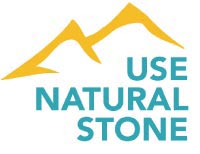 Karin Kirk
Karin Kirk
usenaturalstone.com
Photos © Karin Kirk
Geologists are a reliable source for corny humor. I’m not sure why this trait is so prevalent in the field; maybe it’s the combination of science-geekyiness, overall good cheer, and long days wandering outside looking at rocks. The stone schist (pronounced “shist”) takes more than its fair share of abuse. “Get your schist together!” “Tuff schist!” (Tuff is a rock made of volcanic ash). “This rock is a piece of schist!” You get the idea. Geologists have a hard time resisting third-grade humor.
 |
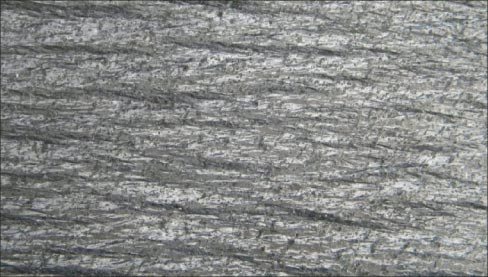 |
|
Above: Galaxy schist has an overall shimmer rather than a full-on glittery look. Because the mica pieces are smaller, they are less likely to flake off and cause problems. |
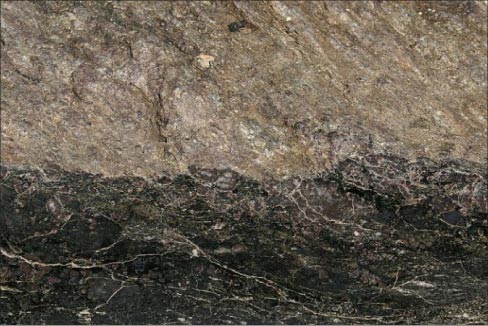 |
|
Above: Vishnu schist: this 1.75 billion year old rock is found in the Grand Canyon. |
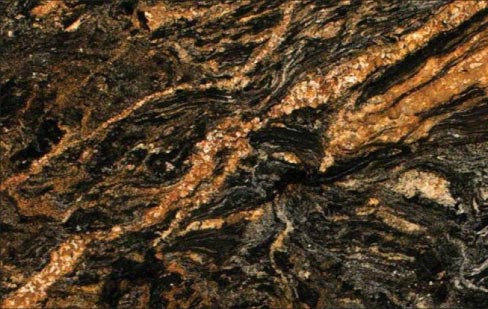 |
|
Above: Desert Dream schist. Photo courtesy of MS International, Inc. |
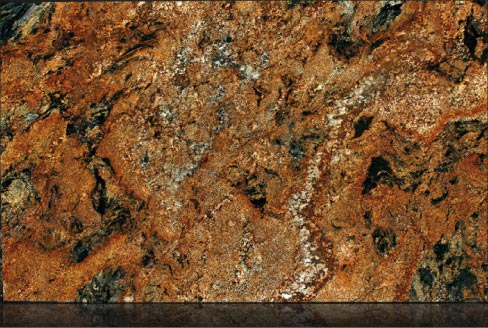 |
|
Above: Polished slab of Magma Gold schist, and (below) a closeup of a leather treatment, which brings out the different, large-grained textures of the minerals. |
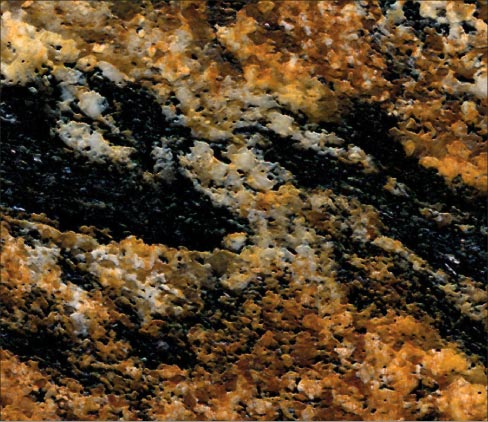 |
 |
Puns aside, schist is a metamorphic rock that is made mostly of mica minerals and has grains that are large enough to see with the naked eye. To put it another way, this stone sparkles like a Vegas hotel; its dazzling luster is its hallmark trait. The blingy aesthetic comes from mica minerals, which are nature’s glitter.
If you’ve ever looked at a piece of mica up close, you can tell that it wants to separate into thin flakes. That’s because of the mineral’s internal structure – the atoms are arranged in thin, sheet-like layers. The family of flaky minerals includes muscovite (transparent or silver), biotite (black or brown), chlorite (dark green), talc (white, grey, green), graphite (metallic grey), and others. The flat shape of these minerals reflects light like a mirror, which causes the trademark sparkle.
In addition to mica minerals, schist often contains quartz, which gives the stone much more strength than if it were pure mica. Sometimes, other eye-catching minerals are in the mix. The Crow’s Foot Schist offers an intriguing blend of silver mica, dark pink garnets, and black needles of hornblende.
There are many variations, colors, and textures in schist stones. Perhaps the most famous schist lies at the deepest, oldest part of the Grand Canyon – the 1.75 billion year old Vishnu Schist. In commercial use, schists like Galaxy and Metallica can bring depth, shine, and personality to a space, when traditional granite just doesn’t quite have enough “umph.”
Tectonic Forces Transform Dull Mud to Dazzling Schist
Schist is a metamorphic rock, and it started out as a different kind of stone before it became so sparkly and awesome. In fact, schist was boring mud before metamorphic forces got to it. If you compress mud (underneath the weight of the ocean and a whole lot of other mud) you get shale. If shale gets buried deeply, compressed, and heated it will turn into slate, which is denser and harder than shale. If the heating and compression increase, the slate will become phyllite, which is a shiny version of slate. Phyllite has a subtle shine because the original clay minerals in the shale have transformed into small mica minerals. If phyllite remains in the geologic pressure cooker, the mica minerals grow larger until they are glitter-sized. Viola! We have schist.
If the metamorphism continues, the mica minerals won’t be able to tolerate the increasing heat and pressure and they will become feldspars. At that point the rock is called gneiss. And if the poor thing heats up even further, parts of it will begin to melt, creating a taffy-esque rock called migmatite. After that, the whole thing just melts and becomes liquid magma. That’s the rock cycle in a nutshell.
Each step in this metamorphic process is a gradation, and each type of stone eases into the next category. There are phyllites that could also be called schists, and schists that look almost like gneiss. To the chagrin of geology students everywhere, there are usually grey areas when identifying rocks.
This whole metamorphic process often happens in subduction zones, which are places where the ocean floor is colliding into a continent. We currently have subduction zones off the northwest coast of the US, the west coast of South America and along the coastline of Japan, among other places. In these tectonic crumple zones, the rocks on the ocean floor get shoved down into the Earth’s interior while the continent runs over them. All kinds of interesting things happen to the rocks in these collision sites; they get buried deeply, squeezed, folded, and bathed in hot, mineral-laden fluid. It makes sense that many of our most dynamic and colorful stones were formed in subduction zones.
Use the Right Schist in the Right Place
Schists can make wonderful dimension stone, landscaping stone, or countertop slabs. In a showroom or stone dealer, you may not find many stones actually labeled as schist. In some cases, schists are lumped in with slates and phyllites. This is especially true if the stone breaks into flat layers or if the mica grains are small.
Some types of schist are commercially categorized as granite. This is likely if it’s leaning more toward gneiss on the metamorphic spectrum. In either case, schist warrants some extra attention to make sure it’s suitable for its intended use.
Depending on exactly how much mica is in the stone, schist can be a remarkably strong stone, or one that’s a little flaky (pun intended). New York City’s iconic skyscrapers are built into schist bedrock. The Manhattan Schist is holding up all those tall buildings, showing us that schist can be a durable and capable stone. But in general, the higher the mica content and the larger the grains, the more you need to proceed carefully.
Large-grained schists include Magma Gold, Asterix, Saturnia, and Kosmus. These dramatic stones offer vivid colors and bold movement. They are fine choices, but there are some caveats. The large mica grains do not hold a perfect polish like a traditional granite slab does, so the slab may have a slightly irregular or rough finish. This is particularly noticeable on the edges. For this reason, a simple eased edge is recommended, because any of the more detailed edge treatments are likely to end up with mica flakes poking out. Also, areas that have a lot of mica will be softer than a typical granite. That said, the non-mica parts of the stone will behave similar to granite.
Schists have an obvious ‘grain’ to them; all the flat minerals tend to lie parallel to each other. For this reason, schist can have planes of weakness where the rock is prone to split. If the stone will be supported underneath, like on a floor, this is less of a concern. But when the stone is overhanging, like the edge of a countertop, be wary. Try to avoid an overhang that runs parallel to the grain of the stone. If possible, try to avoid using mica-rich parts of a slab on areas that will be overhanging or unsupported.
In general, schists with small mica grains like Galaxy Schist or Quicksilver Schist are safe bets. These stones have an overall shimmer rather than a full-on glittery look. Because the mica pieces are smaller, they are less likely to flake off and cause problems.
If you are considering schist for a countertop or other interior use, spend some extra time inspecting potential slabs. Ideally, look at both a fabricated piece as well as a raw slab. Pay close attention to the edges, where you can see into the stone a bit. Does the stone have a tendency to split along its layers? Can you peel up the edges of any of the mineral grains? On a finished slab, run your hand over the surface and the edges. Does the stone feel smooth and uniform? Talk to the fabricator. Have they worked with this type of stone before? Do they have concerns or suggestions for how it should be used? An unconventional stone can produce a spectacular result – but only if it’s used knowledgeably.
As with any extraordinary stone, it’s worth the time to learn about your stone, find the right fabricator, and make sure you are using the stone in a way that is compatible with its natural beauty. And then you can join in on the geologists’ humor and claim: “My countertop is the schist!”
Karin Kirk is a geologist and science educator with over 20 years of experience. She has taught college level geology, online courses and organized field trips. She currently works as a freelance science writer and education consultant. She brings with her a different perspective to the stone industry. Karin was an education program presenter at TISE 2017 and a regular contributor to usenaturalstone.com.